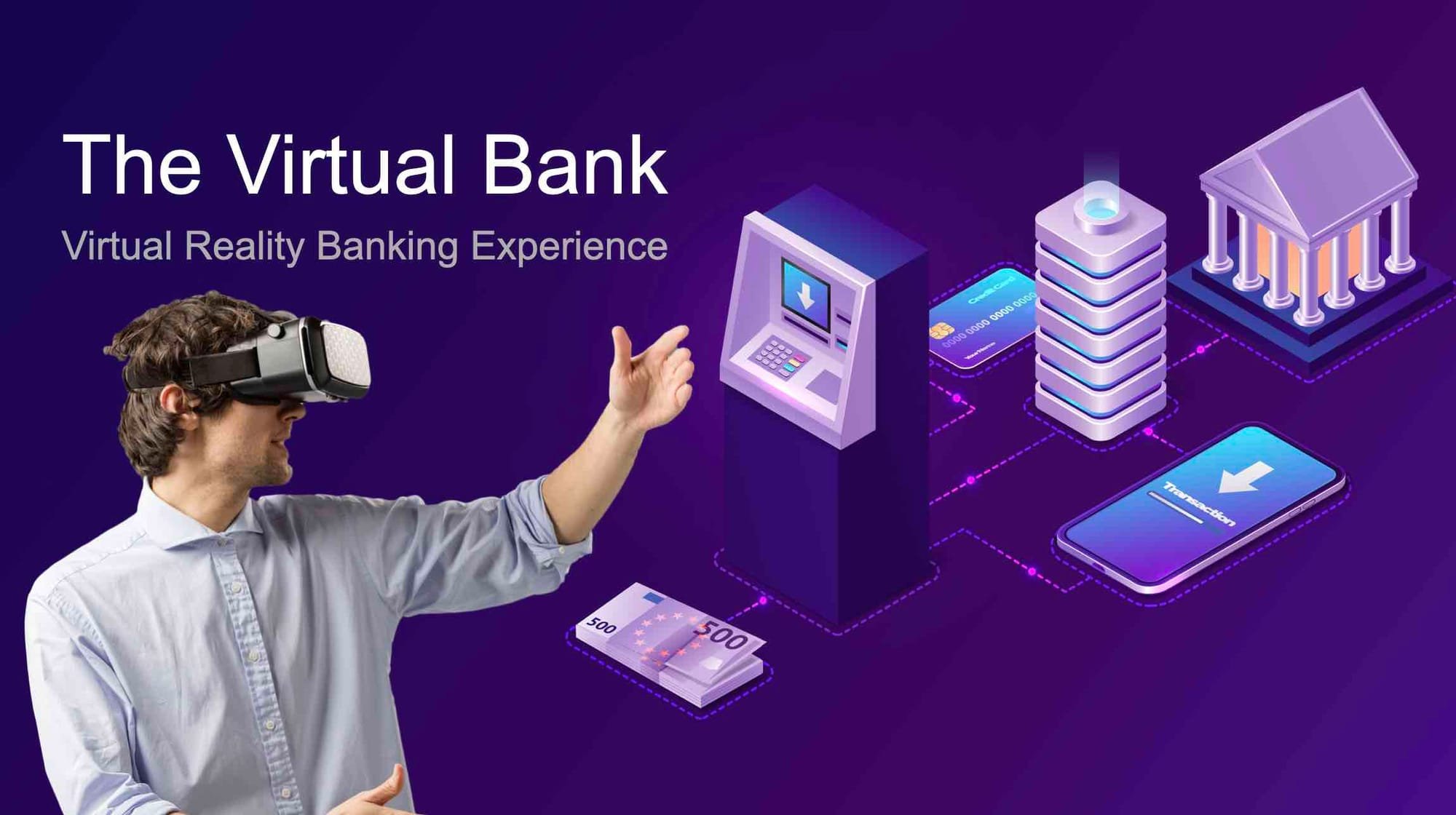
The Rise of Innovation in Banking: Banks Embrace Technology to Stay Ahead
The competitive landscape of the banking industry, once dominated by interest rates and foreign exchange benefits, is now undergoing a transformation, driven by a new frontier: technology. Banks are scrambling to innovate and embrace futuristic approaches to stay relevant in the face of a rapidly evolving digital landscape.
The driving force behind this shift is the changing consumer behavior, with younger generations increasingly gravitating towards digital platforms for their financial needs. Banks are acutely aware of the potential threat posed by social media giants like Facebook, which could easily disrupt traditional banking services. The emergence of Libra, Facebook's cryptocurrency, serves as a stark reminder of this potential disruption.
In response to these challenges, banks are shedding their traditional conservative image and embracing innovation. They are establishing dedicated innovation divisions, often directly under the CEOs, to spearhead the exploration and adoption of new technologies.

Innovation in banking extends beyond mere technological advancements. It encompasses a holistic approach that encompasses consumer behavior, regulatory changes, and legal considerations. As Ilan Boganim, VP of Bank Leumi and head of the data division, aptly states, "Innovation is not just a technological issue; it's the new idea."
Banks are actively testing and experimenting with emerging technologies, such as virtual reality (VR) and augmented reality (AR), to assess their potential applications in banking. Virtual reality labs, like the one at Bank Hapoalim, are becoming hubs for exploring these innovative concepts.
While some of these experiments may not result in immediate adoption, they serve as valuable learning experiences, equipping banks with the knowledge and expertise to make informed decisions about future technology integration.
Banks are also leveraging data analytics and artificial intelligence (AI) to gain deeper insights into customer behavior. This data-driven approach allows them to anticipate customer needs and provide personalized recommendations, enhancing the overall customer experience.
The adoption of customer relationship management (CRM) systems is another key aspect of this innovation drive. These systems provide a comprehensive view of each customer, enabling banks to tailor their services and offerings accordingly.
User interface (UI) design is also receiving significant attention. Banks are constantly evaluating and refining their digital interfaces to ensure seamless and intuitive user experiences.
The rise of FinTech companies is further fueling innovation in the banking sector. These startups are constantly developing new technologies and solutions that challenge traditional banking models. Banks are actively engaging with FinTech companies, either through partnerships or acquisitions, to stay ahead of the curve.
In conclusion, the banking industry is undergoing a profound transformation, driven by the need to adapt to changing consumer behaviors and emerging technologies. Banks are embracing innovation and exploring new avenues to maintain their relevance and competitiveness in the digital era. This shift signals a promising future for the banking industry, one that is characterized by enhanced customer experiences, personalized services, and technological advancements.
The article was written by Amit Caesar
Here are some exciting new articles you don't want to miss!
- Feeling Frosty: VR Cold Sensation Tech is Here
- Apple Vision Pro: The Future of Spatial Computing
- Can Virtual Reality Smell Your Farts?
- Meta Quest 3: Everything you need to know
- Amazing products for your VR from Amazon
- The Best Accessories for Microsoft Flight Simulator
- Experience the future of sex with virtual reality and artificial intelligence
- Virtual Reality: A whole new world opens up to you on eBay
- How to Watch Netflix in VR: A Step-by-Step Guide
Here are the links to my social media pages:
Facebook: [link]
YouTube: [link]
LinkedIn: [link]
Twitter (x): [link]





